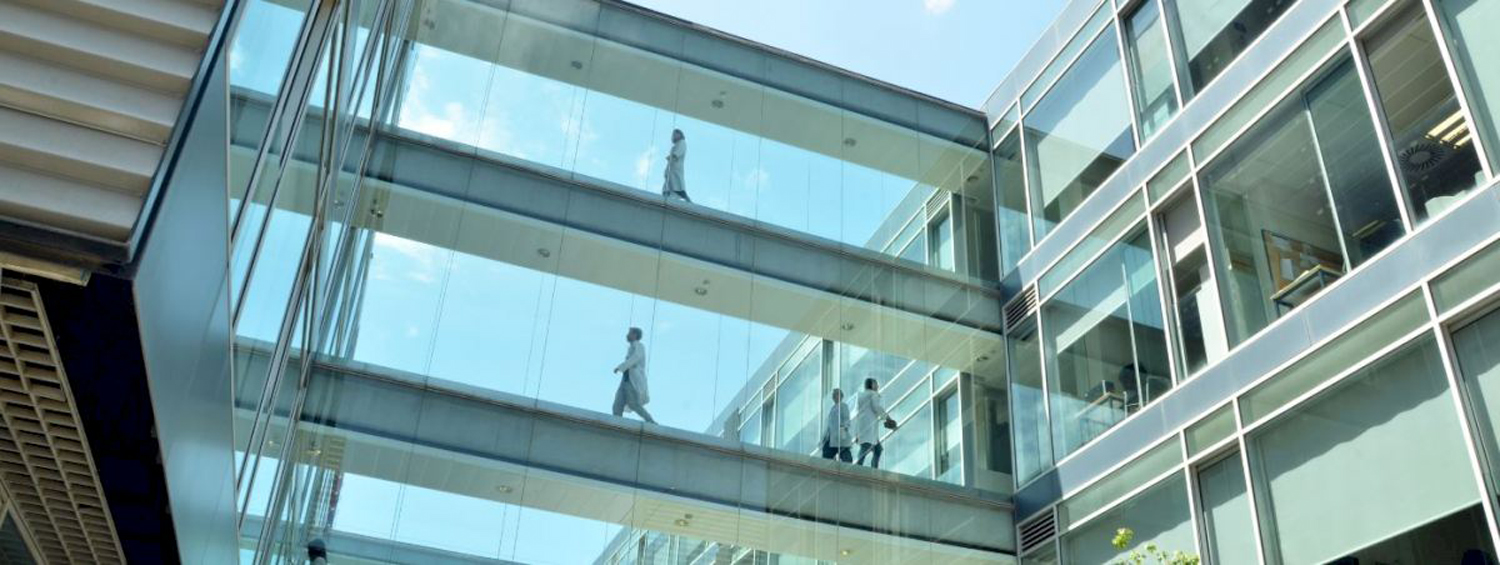A team of researchers from the ICTs against Climate Change (ICT vs CC) group at the ITACA Institute of the Universitat Politècnica de València (UPV) has collaborated on the development of an innovative system that improves the efficiency of geothermal heat exchangers—crucial components for capturing heat from the ground.
Thanks to this breakthrough, installation costs have been reduced by more than 20%. “Proper design and sizing of these exchangers are essential to maximise the performance of a geothermal installation”, the study authors emphasise.
The results of the research, led by Miguel Ángel Mateo Pla along with Borja Badenes, Bruno Armengot, José Manuel Cuevas, Javier F. Urchueguía, and Burkhard Sanner (UBeG GbR), have been published in the journal Renewable Energy.
Energy Transition
Geothermal energy plays a crucial role in the energy transition, offering an efficient and sustainable alternative to fossil fuels. However, high initial costs remain a barrier to its widespread adoption.
“The efficiency of a geothermal system largely depends on the materials used in the heat exchangers. Until now, plastic pipes and cement-based grouts adapted from other industrial uses have been employed, which has limited thermal efficiency and increased costs”, explain the ITACA researchers.
To enhance this technology, the UPV team participated in the development of new materials that improve thermal efficiency by 30% and was responsible for their validation. Tests carried out at UPV’s Geothermal Laboratory showed significant improvements in the performance of geothermal heat exchangers.
Through the Thermal Response Tests (TRT), the thermal resistance of the exchangers was shown to decrease from 0.15 mK/W to 0.1 mK/W.
“These figures could mark a turning point in the widespread adoption of geothermal energy, by lowering initial costs and improving the energy performance of installations”, the researchers from ITACA-UPV assert.
Indeed, the application of these new materials could facilitate the deployment of geothermal systems in urban and industrial environments with high thermal demand. “It is a cost-effective and sustainable alternative to fossil fuels,” they add.
This project has been supported by the European Union’s Horizon 2020 programme, which has funded various initiatives aimed at improving the efficiency of geothermal energy as a renewable source. In this context is the H2020 GEOCOND European project, whose main goal has been to research and assess new materials that aim to improve the thermal efficiency of geothermal heat exchangers (borehole heat exchangers, BHEs).
Reference
Miguel Á. Mateo Pla, Borja Badenes, Bruno Armengot, José Manuel Cuevas, Burkhard Sanner, Javier F. Urchueguía, Use of advanced pipe and grout materials in an experimental Single-U BHE: Installation procedure assessment and thermal properties comparison using C2RLSM, Renewable Energy, Volume 245, 2025, 122694, ISSN 0960-1481, https://doi.org/10.1016/j.renene.2025.122694



